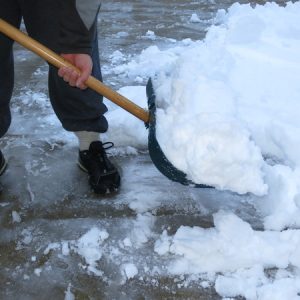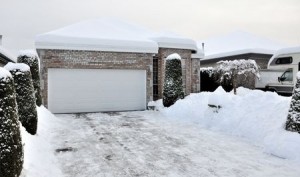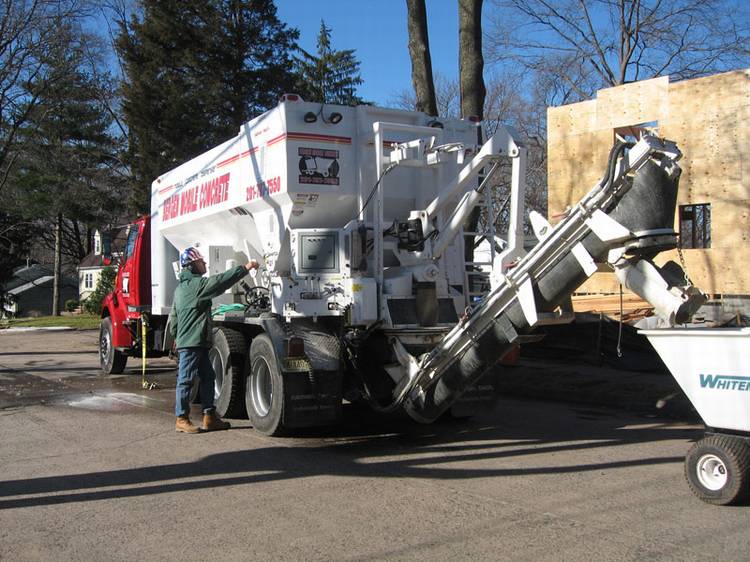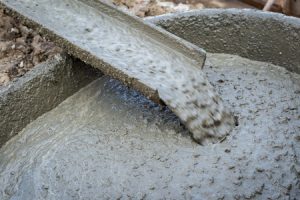Concrete can be poured at almost any point in the year, but the different seasons bring with them both positives and negatives that need to be considered. This is especially true for those of us in the Northeast United States where we tend to get a little bit of each season, even though both spring and fall seem too short. Here are a few tips on pouring concrete in and around your home for each season.
 Winter
Winter
Because of the cold weather, the ground tends to freeze the farther north you go. Since this is the case, use a cold-weather concrete mix for all exterior concrete placed in the winter months. These specially formulated mixed include set accelerators that help the concrete cure faster, as well as air-entrainment admixtures that can help with frozen conditions. It also may seem obvious, but be sure to use hot water when mixing concrete this time of year.
Spring
With wet and sometimes windy weather, think about placing plastic sheeting over poured concrete to keep moisture at bay. Surface evaporative control agents can also be added to help cure the concrete quickly and completely when the weather is wetter. Be sure to also consider the frost in the ground when pouring concrete at this time of year to ensure that your foundations set properly.
Summer
While in the winter, we want to shorten the set time, in summer we want to extend it. Hydration stabilizers and water reducers are commonly used to allow concrete more time to set in humid conditions. Using the proper amount of water, along with allowing the extra time for finishing, are highly recommended. Fortunately, summer soils are generally free of frost, which means that there’s less risk of instability or uneven pours following any frost heaving.
Fall
Due to freeze-thaw conditions, the Northeast is prone to spalling and scaling of concrete, so spend extra time again on finishing. Air-entrainment additives should be mandatory on all jobs done in the fall, and hydration stabilizers and water reducers frequently used to extend the working life of concrete without weakening it.
If you have any questions, reach out to us at Bergen Mobile Concrete anytime. We’re happy to help you with your next project and can deliver concrete wherever it’s needed. We know all the tips and tricks to make sure your concrete looks and performs the best it can, no matter what season you’re pouring in. Call us at 201-797-7550 to schedule a concrete delivery today.
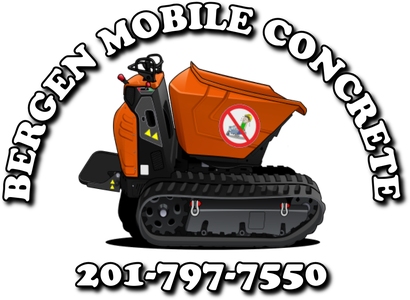
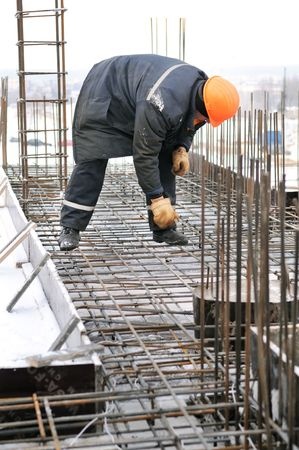

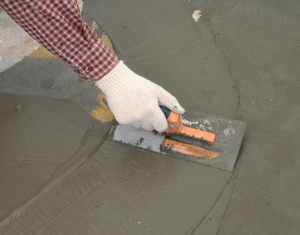
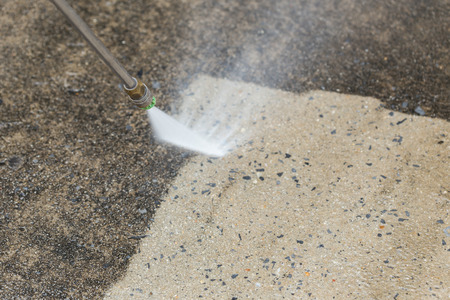
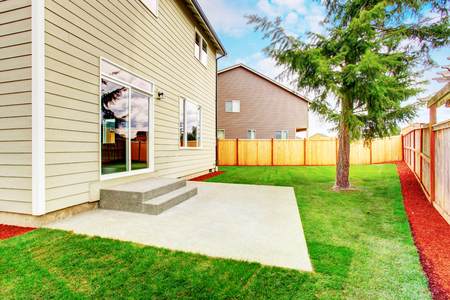
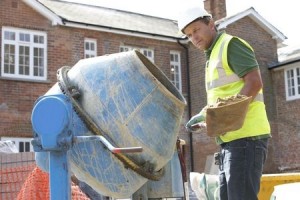 Even if you’re just planning a small construction or remodeling project, you often don’t know the exact quantity of materials you need until the job is over. Accounting for waste, spills and other unknowns often means overordering, meaning you buy too much and end up wasting money. You could go conservatively, but that could also mean you buy too little and have to make multiple purchases along the way to obtain everything you need – often costing even more. Both these scenarios are annoying, and a big turn off for anyone who is working on a project.
Even if you’re just planning a small construction or remodeling project, you often don’t know the exact quantity of materials you need until the job is over. Accounting for waste, spills and other unknowns often means overordering, meaning you buy too much and end up wasting money. You could go conservatively, but that could also mean you buy too little and have to make multiple purchases along the way to obtain everything you need – often costing even more. Both these scenarios are annoying, and a big turn off for anyone who is working on a project.